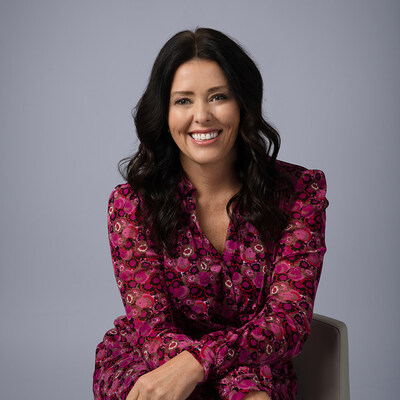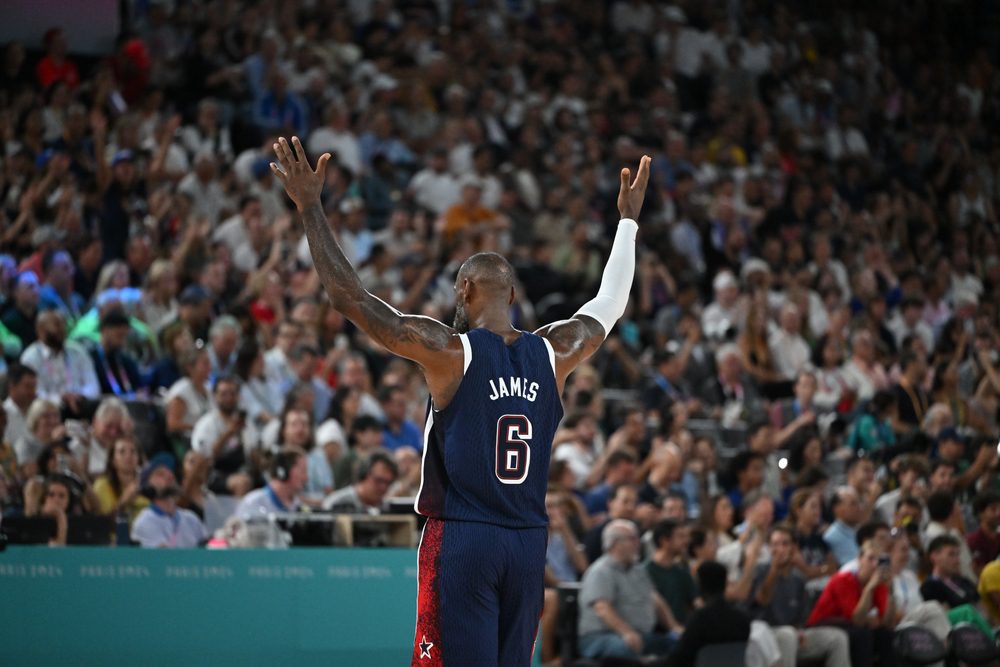As consumers continue to pull back on spending and opt for cheaper alternatives to high-end items, retailers are scrambling to reposition themselves as “cheap chic” in an attempt to prop up flagging sales.
But they may be in for a surprise. The competition in this space already is fierce, with too many stores vying for the attention of too few people. Even Target is feeling the pinch: the cheap chic pioneer’s August 2008 sales were down 2.1% compared to up 6.1% at the same time last year.
Adding to the depression, flagship designer Isaac Mizrahi—whose collections brought in up to $300 million a year for the past five—has moved on. To reopen customers’ wallets, Target is betting heavily on the debut of its private label, three new designer partnerships and several designer driven cosmetics lines. And executives recently unveiled additional initiatives to maximize its business and position it to recapture marketshare when the economy improves.
Retailers not already in the cheap chic game may want to think twice about adopting the strategy. Change is inherently disruptive; companies looking for stability in a down economy would be better off focusing on strengthening their existing positions. But for those who decide to press forward with cheap chic, here are a few key guidelines:
- Create limited-time only offers. Exclusive, short-run items made available for a limited time (90 days) can act as a hook to get people interested in a brand without being a substitute for the whole collection. This tactic worked very well for edgy, youthful fashion label Proenza Schouler, helping to get the word out about the brand to a wider audience. Resist the temptation to make the run too short or risk alienating consumers and raising the ire of the designer. Consider Karl Lagerfeld’s experience designing for H&M where the items completely sold out in all stores in a matter of hours.
- Balance low cost with decent quality. Items that are poorly made will be perceived by consumers as cheap – not chic. Don’t accept merchandise or designs that try to be something they can’t be given the constraints of manufacturing; choose partners that understand this. Brands that blow it: Simply Vera by Vera Wang for Kohl’s and Stella McCartney’s H&M collection. Both feature ambitious, very trendy designs that completely ignore the design limitations of the cheap fabric with which they are constructed (rolled seams, poor fit, already falling apart on the rack, etc.).
Getting it right: Isaac Mizrahi and Rogan for Target. Both designers provide well-made items that not only take all aspects of manufacturing into consideration but also the potential for longevity of the item in consumers’ closets. Monitoring quality requires constant vigilance, however, and even Target wobbles on occasion. Its NYC Bullseye Bodega concept was executed flawlessly but the merchandise was uncharacteristically schlocky, owing in part to the company’s current focus on the “Pay Less” part of its two-part tagline.
- Make stores fun and trendy. Consumers are still purchasing classic, timeless and very high quality items (think jewelry, art, shoes) but are now looking for cheaper, higher quality alternatives to trend items they perceive have expiration dates or to be disposable. This audience will respond to the experimental more than the conservative at this price point. They also respond to fun and unique, which is why many are trying to stay away from stores entirely (to avoid temptation).
Make sure you offer those that do decide to shop a fun environment and a variety of good quality items that will engage and delight them. For example, brands like Uniqlo and Oilily offer a series of artist T-shirts as a way to keep things fresh and to give regular customers a new reason to visit the store each quarter. Because they are a different type of product than the core merchandise, the shirts act as a lure without diluting the cache of the higher end items.
Cheap chic continues to be a viable strategy for capturing elusive dollars, but only if marketers can first see and then walk the fine line between chic and cheap. Misstep and recovering your brand’s perception could end up being plain expensive.
Suzanne Hader ([email protected]) is principal of luxury brand consultant 400twin.
 Network
Network

